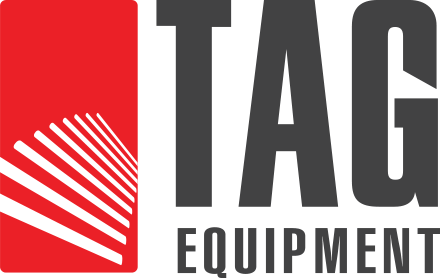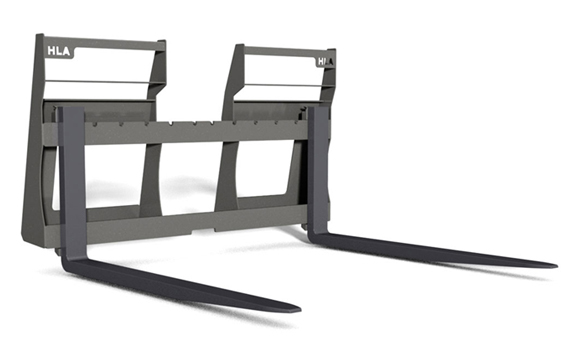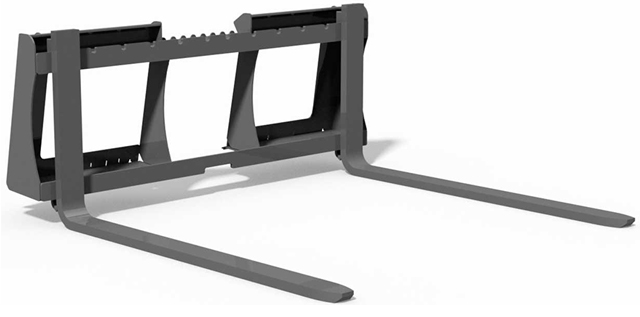Skid steer forks are a widely used attachment, especially on construction sites and farms. They can help quicken the work, which would otherwise be time-consuming. However, it helps to know which fork is compatible with your machine and how to use it to get the most out of your equipment. Here’s a complete guide to skid steer forks so you know how to choose the right one and capitalize on the investment.
6 Crucial Factors to Consider When Buying Skid Steer Forks
Fork Capacity
Consider the materials or load you need to move with your machine. Depending on its weight and size, choose the right pallet fork with the appropriate capacity to avoid mishaps and breakdowns.
Fork Length
The forks typically come in varying lengths, which affect the machine’s lifting capacity. The rule is the longer the pallet fork length, the more weight it can carry. It helps to know that shorter forks allow more maneuverability, whereas the longer ones can carry more load.
Durability
Choosing the skid steer forks according to your application will help enhance their durability. Moreover, ensure you buy the attachment for a reliable dealer so you can be assured of its quality and strength.
Warranties
Consider the warranty different brands offer when purchasing a new pallet fork attachment for your skid steer. Ensure you understand the terms and conditions before you finalize your purchase so you can be worry-free about assistance in case of damage.
Safety
If access to the skid steer is a crucial aspect for you, it helps to discuss this with the supplier when buying a pallet fork attachment. They can help you find a suitable one with a good safety option that meets your needs.
Financing
Pallet fork attachments often require significant investment, which is why having feasible financing options is a great way to buy them without breaking the bank. You can discuss this with the dealer to learn about alternatives and choose one that suits your requirements.
Tips to Use Skid Steer Pallet Fork Attachment
A pallet fork is an ideal attachment if you want to enhance the efficiency of everyday warehouse operations or optimize load stability, visibility, and safety. They are available in many sizes and capabilities to meet varied requirements. Although a skid steer fork can make your work quick and less time and labour oriented, it is essential to know how to operate the machine accurately to get the desired results. This is because it differs from driving a tractor or using other compact equipment attachments such as buckets, grapples, rakes, and more. Once you learn the essentials and get the hang of it, it is easy to use this accessory.
Pro Tip: If you are a beginner, revisiting the basics of working with a skid steer pallet fork is best. Once you practice, you will develop the skills and knowledge it takes to operate the machine efficiently.
Listed below are a few useful recommendations to help you develop a proper foundation to operate a skid steer pallet fork effectively and safely:
- Read the pallet fork attachment’s manual carefully.
- Understand the maintenance required to ensure it is in excellent working condition. Create a proper upkeep schedule and commit to it.
- Perform a thorough visual inspection every time before using the machine.
- Avoid overloading the equipment, keep the loads low to the ground, and ensure it is distributed to both forks when operating the skid steer.
- Also, avoid using the skid steer fork to transport materials it is not designed for.
How to Connect a Skid Steer with a Pallet Fork Attachment
Adhere to the following steps to safely attach the pallet fork to your skid steer:
- Ensure the backing plate of the pallet fork faces opposite you and keep it on a flat surface.
- Operate the skid steer to line it up with the forks’ backing plate.
- Then, move the boom upwards to connect the forks backplate to your machine.
- Once you connect the skid steer forks, lift the roll bar and secure the locking pins or the levers on either side of the attachment. Doing so will ensure the pallet forks are attached to the compact equipment.
- Then, lower the forks and inspect the connection to ensure it is correctly connected.
Disconnecting a Skid Steer from a Pallet Fork
After completing your project, it is wise to disconnect the attachment so it is easy to link another accessory if required. Here are the steps that can help you accomplish this:
- First and foremost, lower the forks onto a flat surface.
- Push up the levers on either side of the skid steer pallet forks and release the locking pins.
- Once you complete all these steps, drive the machine out slowly to disconnect the forks.
Although these steps are helpful for most skid steer models and fork attachments, you may need to perform a few additional steps depending on the size of your machine and attachment. It is beneficial to refer to the operator manual and discuss your concerns with the dealer to avoid confusion.
Find the Right Skid Steer Pallet Fork for Your Needs with Tag
Tag Equipment is a reputable distributor of high-quality rubber tracks and skid steer attachments. We feature a versatile inventory to meet the varied needs of our customers. We offer high-grade accessories at the best prices to ensure 100% satisfaction.
Our Selection of Skid Steer Forks
We carry the following attachments by major brands:
- HLA Mini Pallet Forks with a capacity of 1200 lb
- HLA Light Duty Forks with 900 lb capacity
- HLA Heavy-Duty Pallet Forks with 2000 lb, 4200 lb, and 5500 lb capacities
- NW Wheel Loader Standard Duty Pallet Fork
If you are interested in purchasing skid steer forks or any other attachment for your compact equipment, call us at 416-716-5850. If you have questions about pallet forks, you can ask our experts by filling out our online contact form. We will be more than happy to help you find the proper attachment for your application needs and budget.


